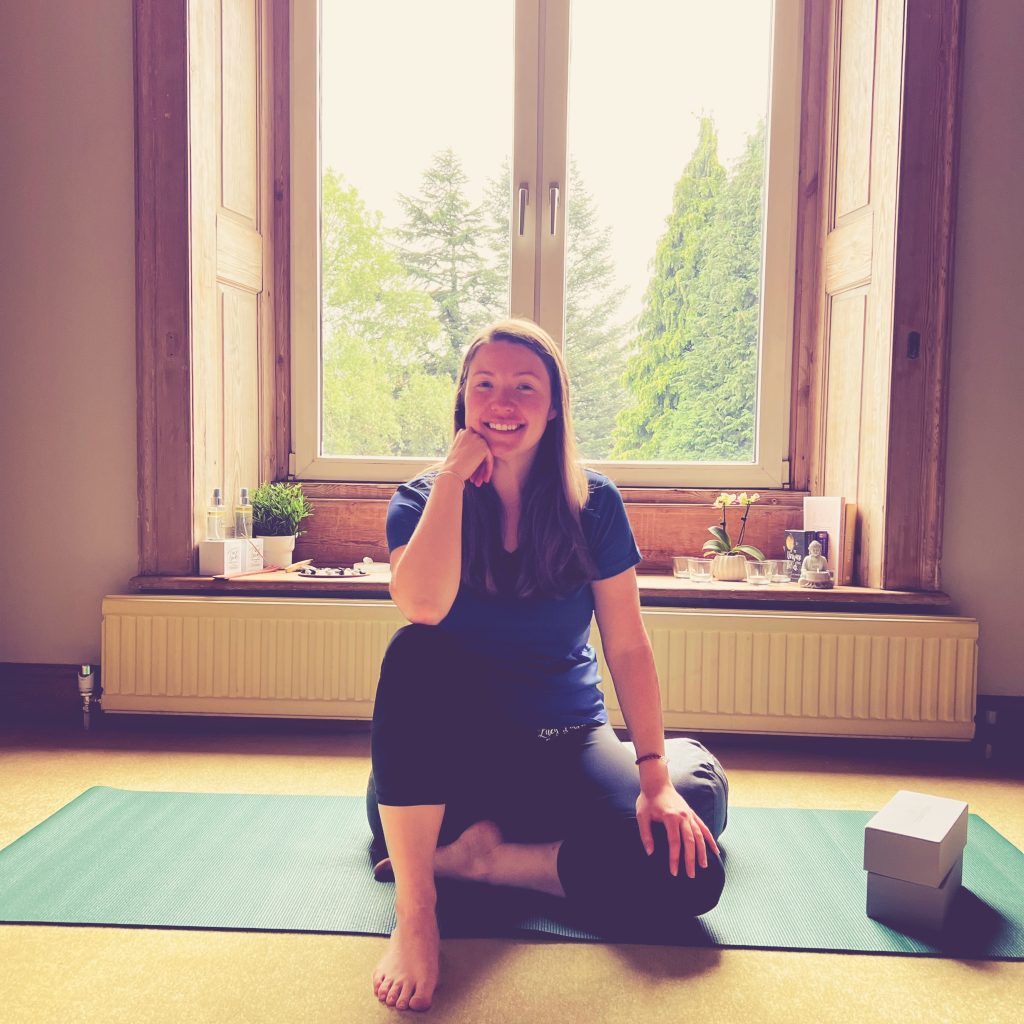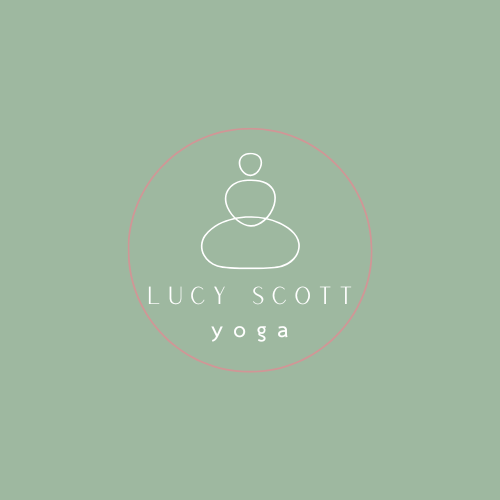
Three ways to bring more self-compassion into your yoga practice
How often do we get tangled in stories from the past or worries about the future? How often do we speak to ourselves unkindly or compare ourselves to others and come up short? We wouldn’t speak to our friends the way we sometimes speak to ourselves. Self-compassion is like giving yourself a warm hug; it’s about treating yourself with kindness, gentleness and appreciation. Just like you would a good friend.
Similar to mindfulness, self-compassion reminds us that we are not our thoughts and helps us put distance between ourselves and the stories we can come up with. And what we practice on the mat, we then take off it and out into the world too.
Set an intention for your practice
Intentions help us bring focus to our practice: they aren’t to-do list items, or tests we set ourselves, they are simple and effective reminders of what we want to achieve. Maybe it’s promoting a feeling or an emotion such as calmness, stillness or wanting to exude more peace, maybe it’s finding comfort in the discomfort.
An intention I return to time and again is, “I choose joy.” I bring this into my practice on the mat and off it; in difficult or challenging circumstances, trying to find the joy to help me get through. Similar to pebbles being dropped into rivers, joy sends out ripples that can spread out throughout our thoughts and change our perspective.
Comparison is the thief of joy
Sometimes our practice can look and feel different from week-to-week for no rhyme or reason. Sometimes our balance is really great one week, and not so great the next. We can get lost in looking for reasons why, finding ourselves to be “rubbish” or “useless” when instead we could be accepting our bodies for how they are in the moment. When we stop judging ourselves, we can find space for more love and acceptance, and let our bodies tell us what they need to.
Comparing ourselves to others is also such an easy thing to do! When someone on the mat next to us makes a pose look easy and full of grace but we feel wobbly and out of breath, it’s easy to make ourselves miserable. But we have no idea what is going on for that person or what their body is telling them. We all look different in all of these poses, there’s no ‘one size fits all’ and that’s part of the beauty of yoga. So long as we can keep finding our long slow and deep breath, and not be in any pain, we are where we are meant to be.
Focusing on your breath
By bringing your focus to your breath, you can allow other thoughts to fade away into the background. The simple rise and fall of the chest is pretty, well, breathtaking, when we start to really focus on it and break it down. The mechanics of all the muscles of the diaphragm, chest and shoulders moving and the heart pumping. The little details of the journey of the breath from the nose, down the throat into the upper, mid and lower part of the chest, and then releasing back out the nose or mouth. Our bodies are so marvellous for all the things they do without us even thinking about it. Each unique breath. Start drawing in more self-compassion with each inhale, feel it filling up the lungs and spreading out round the body, exhaling gratitude.
I hope this has helped you think of more ways you can make self-compassion a firm fixture of your practice. Be a good friend to yourself!
Category: Healthy routines, Mindful Movement
